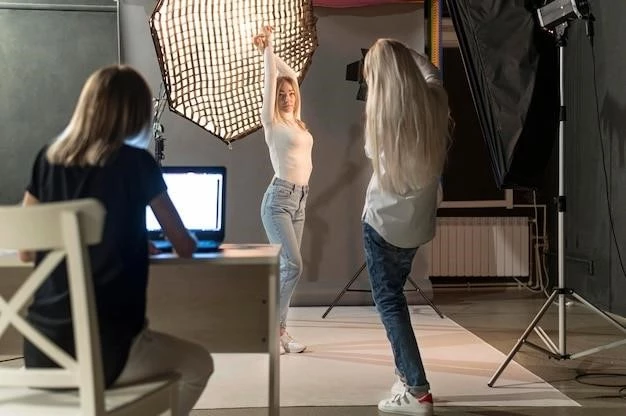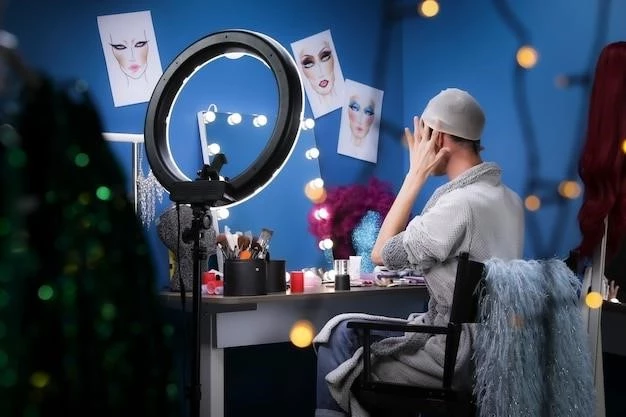Fashion and Film: Creating Iconic On-Screen Looks
The relationship between fashion and film is a symbiotic one, each influencing and inspiring the other. From the glamorous gowns of Hollywood’s Golden Age to the edgy street style of contemporary cinema, fashion has always played a crucial role in shaping our perceptions of characters and stories. This article explores the intricate interplay between fashion and film, delving into how iconic on-screen looks are created and the lasting impact they have on both fashion trends and cinematic history.

The Power of Costume Design
Costume design is the art of creating and selecting clothing and accessories for actors in films. It is an essential aspect of filmmaking, as it helps to establish character, setting, and time period. A well-designed costume can communicate volumes about a character’s personality, social status, and even their emotional state. The costume designer works closely with the director and other members of the creative team to ensure that the costumes are in harmony with the overall vision of the film.
Iconic Looks that Defined Film History
Throughout the history of cinema, countless iconic fashion moments have emerged, leaving an indelible mark on both film and fashion. Here are a few examples:
- Audrey Hepburn’s Little Black Dress in “Breakfast at Tiffany’s” (1961): This timeless and elegant look has become synonymous with Hepburn herself٫ and it continues to inspire designers and fashion enthusiasts alike. The simplicity and sophistication of the dress٫ coupled with Hepburn’s effortless grace٫ made it a fashion icon.
- Marilyn Monroe’s White Dress in “The Seven Year Itch” (1955): This iconic moment, where Monroe’s white dress billows up as she stands over a subway grate, has become one of the most recognizable images in cinema history. It perfectly captured the glamour and sensuality of the 1950s, and it remains a symbol of feminine allure.
- John Travolta’s White Suit in “Saturday Night Fever” (1977): This disco-era masterpiece not only launched Travolta’s career but also helped to popularize the white suit as a symbol of coolness and style. The suit, along with Travolta’s energetic dance moves, became a defining image of the era.
- Uma Thurman’s Yellow Jumpsuit in “Kill Bill: Vol. 1” (2003): This vibrant and striking outfit, complete with a katana sword, became an instant fashion icon. It embodied the film’s blend of action, violence, and style, and it continues to be a popular costume choice for Halloween and cosplay.
Fashion and Film: A Two-Way Street
The influence of fashion on film is undeniable, but the reverse is also true. Films often inspire fashion trends, and designers frequently draw inspiration from cinematic looks. For example, the popularity of vintage clothing in the 1990s was partly fueled by the retro fashion seen in films like “Pulp Fiction” and “Clueless.” Similarly, the rise of streetwear in recent years has been influenced by films like “8 Mile” and “Dope.”

The Future of Fashion and Film
As technology continues to evolve, the relationship between fashion and film is only likely to become more sophisticated and intertwined. Virtual reality and augmented reality are opening up new possibilities for creating immersive and interactive fashion experiences. Films are increasingly using fashion as a storytelling device, creating looks that are not just aesthetically pleasing but also deeply meaningful. The future of fashion and film is exciting, promising a continued collaboration that pushes the boundaries of both creative mediums;










